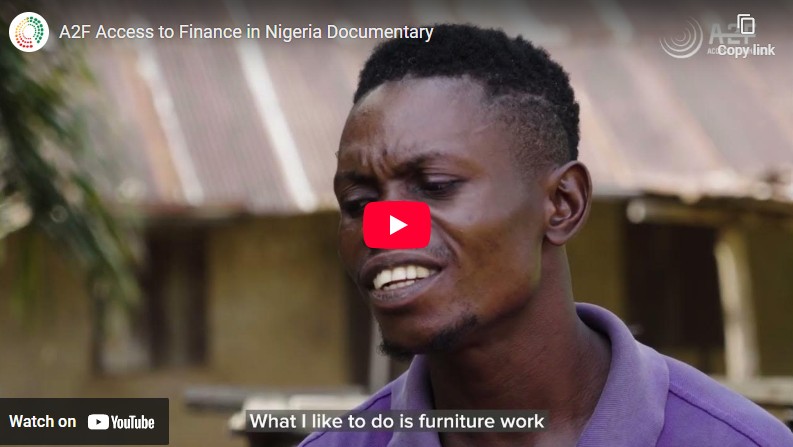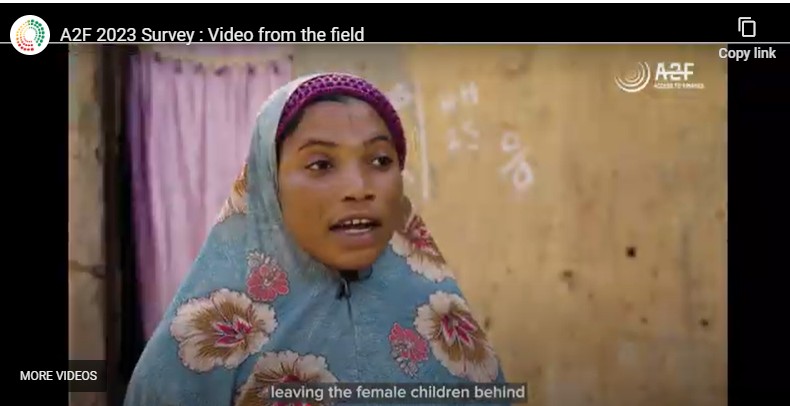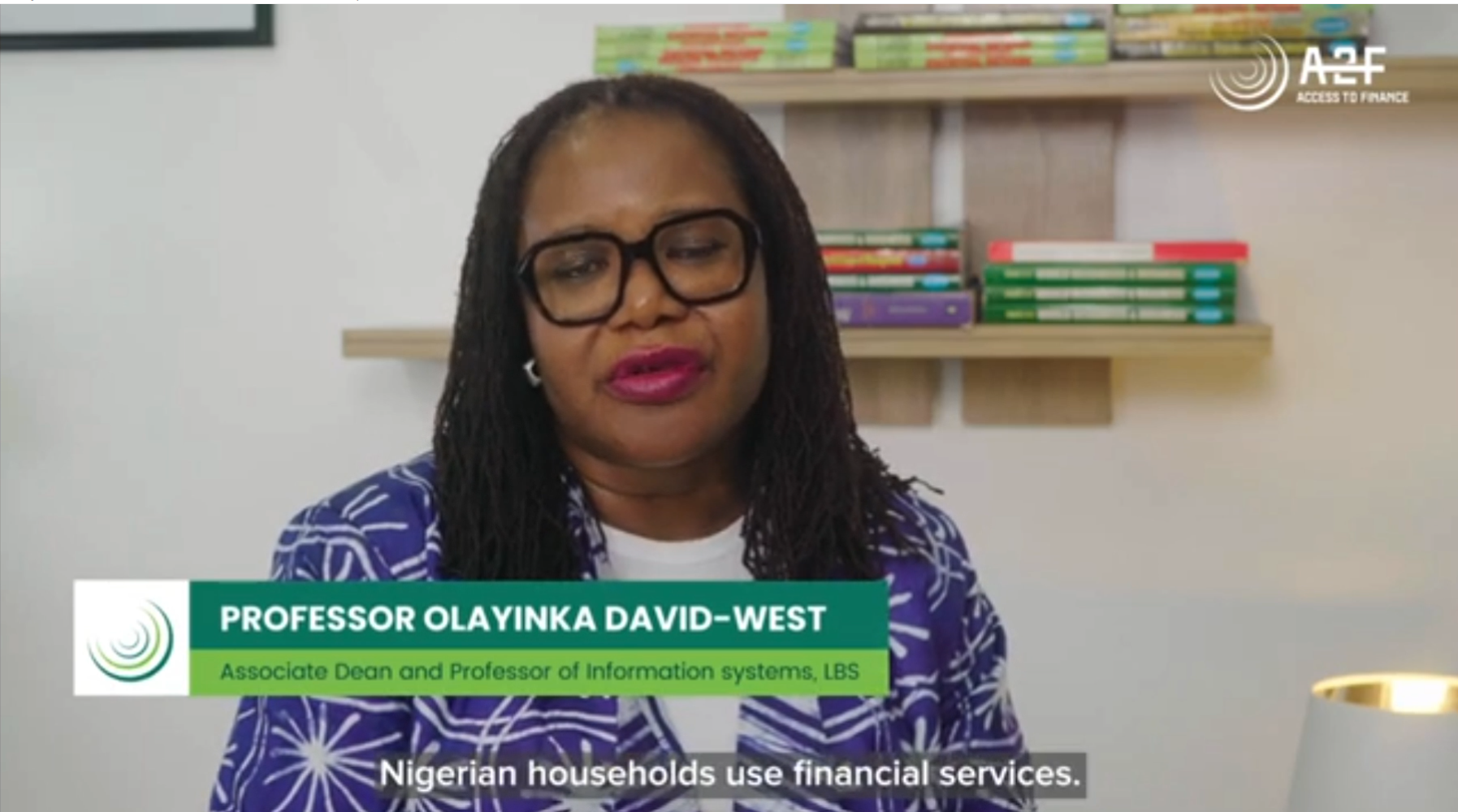The A2F surveys remain the primary source of financial inclusion data that is designed to assess access to and use of financial services for the adult (18+) Nigerian population. The goal of the A2F survey is to strengthen financial inclusion measurement using demand-side data, provide indicators that track the progress and dynamics of the financial inclusion landscape in Nigeria, and provide data to stakeholders including policymakers, private sector players, and researchers for improving the impact of financial inclusion interventions for the poor. Reliable data is key to driving financial inclusion of the unbanked population, improving usage and quality of financial services, improving product design and marketing/segmentation, and guiding financial inclusion policies and strategy.
With over 100million adult Nigerians, budget and resource constraints makes it impossible to collect financial inclusion information on all adults. In line with best practice, the A2F survey therefore samples a representative portion of the population that accurately reflects the target population. A well-designed sample ensures reliable insights into the target population. Over the last 15 years, the samples for the previous seven waves of the A2F surveys were drawn from the National Burau of Statistics (NBS) Master frame of enumeration areas (EAs). The NBS frame was in turn drawn from the National Population Commission (NPoPc) frame comprising of EAs demarcated as part of the 2006 national population census.
Over the years, stakeholders have highlighted the shortcoming of the 2006 frame, chief of which is its inability to accurately represent the Nigerian population nearly two decades later. Hence, in preparation for the initially planned 2023 population census, the NPOPc completed a revised demarcation of the Nigerian population into enumeration areas. Following this development, the NBS and other technical partners recommended a shift to the new sampling frame for all nationally reported surveys. This new frame was therefore adopted for the A2F 2023 survey at it presents a more precise foundation for measuring financial inclusion of the Nigerian adult population in 2023. The updated sample frame ensures that we can accurately measure the progress of our financial inclusion initiatives, allowing us to track our success and adjust strategies as needed.
Based on evidence that formal financial inclusion is urban-biased, a key consideration for the 2023 NPOPc sample frame is a shift in the rural/urban classification. Although the 2006 NPoPc sample frame did not specify a rural-urban classifications, the 2006 NBS master frame assumed a 66:35 rural-urban classification and was used to guide the sampling design for all household national surveys prior to 2022, The 2023 NPOPc sample frame specifies a 46:54 rural-urban classification. Rural classification has shifted from 66% in the 2006 sample to 46% in the 2023 sample respectively – a lot of the rural EAs are now classified as urban EAs.
For consistent trend analysis as part of the A2F 2023 survey data analysis, EFInA conducted a retrospective weighting of the A2F 2018 and 2020 survey datasets using the 2023 NPoPc sample frame. In line with existing evidence, analysis of the adjusted data reveals a 10% increase in formal inclusion and an 11% decrease in financial inclusion. These re-weighted and adjusted datasets will help improve the precision and reliability of the survey estimates, facilitating comparisons across the 2018, 2020 and 2023 survey findings.
A more detailed report on the adjusted weights and the implication on measuring financial inclusion in Nigeria can be found here.
Comparison report of 2006 vs 2023 Enumeration Area Frame here.
The reweighted and adjusted datasets can be found here.





